The opening scene of Tim Burton’s Batman was a decidedly interesting opening gambit as we see what looks to be the origin story of Batman — husband, wife and kid leave a Gotham City theatre only to be set upon by a mugger — but then we get the twist reveal of Batman (Michael Keaton ) appearing and beating the living snot out of said mugger. With this, we are spared the hour-long type origin story that we got with Richard Donner’s Superman: The Movie and instead we leap into the dark world of Gotham City’s greatest avenger, but in doing so the film then turns our focus on the origin story of The Joker (Jack Nicholson ), a character who Tim Burton clearly found to be more interesting than a guy dressed up as a bat. The casting of Jack Nicholson as the Joker was not only a brilliant choice to play the famed comic book villain, giving his own genius takes on the Clown Prince of Crime, but it also assuaged some of the fears and backlash that occurred when comic actor Michael Keaton was given the title role of Batman.
Note: Jack Nicholson not only got a 10 million dollar paycheck for playing the Joker but also a backend deal that netted him an extra $100 million.
One could argue that this is a Joker movie, as Batman himself is relegated to the backseat for much of the film’s run-time. In this film, we learn that Jack Napier is a narcissistic psychopath whose affair with his boss’s girlfriend (Jerry Hall ) results in him getting set up by said boss Carl Grissom (Jack Palance), which in turn leads to him being dropped into a vat of chemicals by Batman and becoming the disfigured villain known as The Joker. On the other hand, we know very little about Bruce Wayne other than that he’s a bit awkward around women and has a penchant for wearing a rubber costume and fighting crime. What little characterization we do get of Bruce Wayne is due to the quirky and subtle acting of Michael Keaton, who proved that he is much more than a Mr. Mom or Betelgeuse. Unfortunately, this film’s portrayal of Batman is decidedly less interesting and also a rather great departure from the source material. In that opening scene, we see Batman calmly walking into gunfire, confident that his Batsuit’s armour will keep him safe, and not the agile street fighter from the comics.
“Tell your friends about me, I’m Bulletproof!”
Tim Burton has stated that casting a “non-superhero type” actor like Michael Keaton was to give some justification for why someone would dress up like a bat; that a person built like Sylvester Stallone or Arnold Schwarzenegger wouldn’t need the intimidation factor of a spooky bat costume. Unfortunately, what we ended up with was a guy who could barely move under all that rubber and latex. This particular Batman couldn’t even turn his head — the cowl and neckpiece being all one stiff rubber piece, forcing Keaton to turn his whole torso if he wanted to look right or left — which made him a less than plausible Dark Knight.Batman’s greatest nemesis being peripheral vision.
Then we have Batman’s rather lethal action when it comes to dispatching the criminal underclass. In that first scene, he took out the two muggers in a fairly Batman-like way — after letting himself get shot twice, of course — but after that, he is a lot less forgiving of his adversaries. He remote drives the Batmobile into the Axis chemical plant so as to plant bombs and blow the place sky high, killing the half dozen Joker goons inside. That they were shooting at his ride — I guess — makes this justifiable homicide, but the Axis plant was a rather big building and we have no idea how many other employees would also have perished in that explosion, people who may have been forced to make the Joker’s chemical poisons. Then we have his Batwing attack on the Joker’s parade during the film’s final act, where the Batwing’s machine-gun fire and rockets brutally takes out another half-dozen or more of Joker’s henchmen. This is clearly a Batman who doesn’t seem to worry too much about collateral damage, not helped by the fact that the Batwing’s targeting system is for shit.How could the Joker have survived this?
There is a lot to love about Tim Burton’s Batman, from its haunting Danny Elfman score to the timeless gothic architecture of Gotham City designed by the late great Anton Furst, and I did quite enjoy this film’s version of Vicki Vale (Kim Basinger), as well as the original creation of dogged reporter Alexander Knox (Robert Wuhl) who wants to know what Batman is taking down “After taxes,” and then there is Bob the Goon (Tracey Walter ) who adds some comic spice to the film. Finally, we get to Michael Gough who is easily one of the best Alfreds ever put to screen — we will pretend his death in Joel Schumacher's Batman and Robin didn't happen — but storywise, things tended to get a little loosey-goosey whenever Burton focused on what he thought “looked cool” rather than on what best served the story.Stray Observations:
• Bruce Wayne’s idea of a first date is dinner at home, where he then proceeds to get the girl drunk and take her to bed. Sweet guy.
• After getting her idea for a second date rebuffed, Vicki Vale goes into full-on stalker mode. At this point, there is no connection between Batman and Bruce Wayne, so her sudden obsession with him is downright creepy.
• At seeing Jack Napier alive, as his men gun down Gotham’s mob bosses, Bruce Wayne becomes almost catatonic to the point of not even noticing a bullet tearing through his coat. Not the catlike reflexes one expects of a superhero.
• Batman gives Vicki Vale the secret to Joker’s killer chemical combination, but then she waits for her newspaper to publish her story instead of getting the information out immediately via television or radio. How’s that for journalistic integrity?
• Vicki Vale opens the package left by the Joker without calling the bomb squad; luckily for her, it was just some dead flowers, as it could easily have been Smilex gas.
• Alfred betrays Bruce’s trust by bringing Vicki into the Bat Cave, a woman that Bruce has had a total of one date with.
Alfred, you are so fired.
Screenwriter Sam Hamm has emphatically stated that this particular movie moment was not in any draft he’d worked on, nor was the surprising revelation that Joker had killed Bruce Wayne’s parents. In fact, Sam Hamm spent much of his time trying to convince Burton to not break with Batman canon with this piece of sloppy storytelling. Sadly, the Writers Guild of America went on strike and Sam Hamm was prevented from joining the production team over in England which allowed screenwriter Warren Skaaren to bring some of the more controversial changes to the script. Burton has since stated that much “unravelling” of the story occurred while they were shooting in England and that these changes were either due to studio interference or budgetary concerns, but I personally think it has more to do with Burton being a brilliant art director and not necessarily a great storyteller.“Have you ever danced with the Devil by the pale moonlight?”
The reveal that Jack Napier was the man who killed Thomas and Martha Wayne puts into question Batman’s title of “World’s Greatest Detective” because even though he was able to figure out that Jack Napier was the man who killed his parents (simply by going over some police files and old newspaper clippings), it has us wondering why he hadn’t discovered this long ago? It’s not like Napier was some shadowy villain; he was Boss Grissom’s number one guy. The killer of Bruce Wayne’s parents always worked better in the abstract rather than the actual person — even though the comics eventually gave us Joe Chill as the killer — and that Batman was avenging all of the innocent victims of Gotham and not just that of his own parents. Having the Joker turn out to be the man responsible for the creation of Batman leads to the interesting exchange of, “I made you, you made me first,” but then things get a bit odd when the Joker replies, “Hey, bat-brain, I mean, I was a kid when I killed your parents. I mean, I say, ‘I made you,’ you gotta say, ‘You made me.’ I mean, how childish can you get?” Is it just me or do these exchanges imply that the Joker knows which parents Batman was talking about? Which, in turn, means that the Joker has somehow figured out who Batman is. This is an example of what happens when you have multiple writers tossing random stuff into the mix without figuring out if it makes any sense."Who do you trust?" Hubba, hubba, hubba! Money, money, money! Who do you trust?”
The film’s last act is another example of the dangers of multiple writers working without a strong story editor on board. The Joker announces on television that he is going to be giving away $20 million in cash at midnight, stating, “Don’t worry about me, I’ve got enough,” but would his gang be fine with him giving away all that money? It’s one thing to work for a psychotic murderer in clown make-up, but it’s another to just toss away all that loot to a bunch of Gotham randos. In the comics, the sanity of Joker’s minions is often called into question — their life expectancy being rather short — but in Sam Hamm’s original draft, there was a very good explanation for this big money giveaway.If you can’t trust a face like that, who can you trust?
Earlier in the film, when the Joker had lured Vicki Vale to the Gotham Museum of Art, she asks him, “What do you want?” And his response was, “My face on the one-dollar bill,” which seems, at first, to just be a throwaway line by a crazy person, but later during the big balloon parade sequence, the money he was giving away would later be revealed as Joker money, his face now on the one-dollar bill. That’s called “Set-up and Payoff,” but due to all the monkeying around with the script, all we got was the set-up and the payoff was left in the dustbin. Of course, that is far from the only problem with that scene — it’s a niggling annoyance compared to the other glaring hole in this script — and that would be, “Where are the fucking police?” A confessed mass murderer broadcasts the time and location as to when and where he will be and yet, for some reason, none of the Gotham City Police Department bothers to show up.Were they waiting for the Bat-Signal?
Once again, this was addressed in an earlier draft of Sam Hamm’s — the Joker having drugged GCPD’s coffee supply — but without that explanation, we are left confused as to why Commissioner Gordon (Pat Hingle ) and District Attorney Harvey Dent (Billy Dee Williams ) still have jobs. It’s clear that Tim Burton was focused on making a gothic fairy tale version of Batman, a Beauty and the Beast meets Fritz Lang if you will, and that having a solid story structure was not a primary concern.Now, as much as I’ve been criticizing Burton’s ability to tell a good Batman story, I must admit he made one hell of an entertaining Batman movie. His plotting might not hold a candle to the likes of comic book legends Denny O’Neil or Frank Miller, but his visual flair cannot be disputed; a flair that was wonderfully aided by concept artist Anton Furst, whose gothic architectural designs gave us one of the best-looking Gotham Cities to date, all brought to life through amazing sets and matte paintings as well as Bob Ringwood’s costuming, which brought one of DC’s legendary heroes brilliantly to life.
A great suit as long as Batman never has to look to his left or right.
If it wasn’t for the success of Tim Burton’s Batman, we may never have gotten the Christopher Nolan Batman trilogy — though Joel Schumacher’s Batman films did their best to delay this — and Danny Elfman’s operatic score would set the benchmark for comic book movies for years to come. So, no matter how flawed Burton’s vision of Batman may seem to comic fans (many who wonder if Tim Burton had ever read a Batman comic book), there is no denying the fact that he pulled off an incredible feat by turning what many people thought to be a simple “campy” figure of a 60s television show, into a blockbuster event. 1989’s Batman was a gorgeous watershed event and well worth its place in cinema history.Note: Prince provided several songs for this film and though good, they are the one element that really dates the film, and their inclusion seemed more about the studio’s desire for a concept album rather than if they fit tonally with the Danny Elfman score.
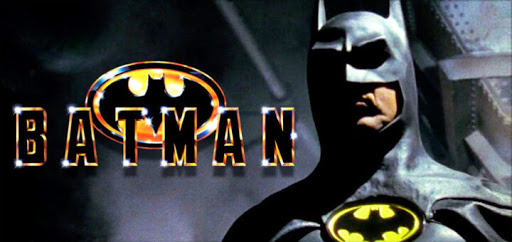
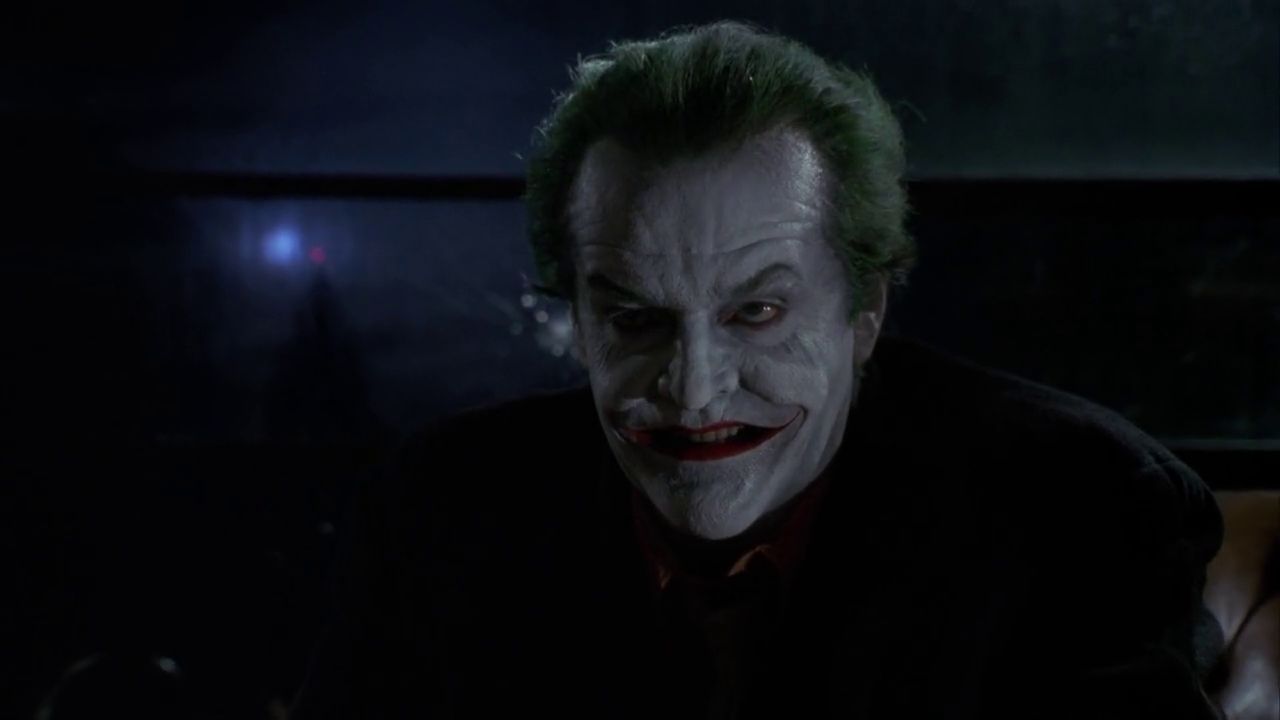
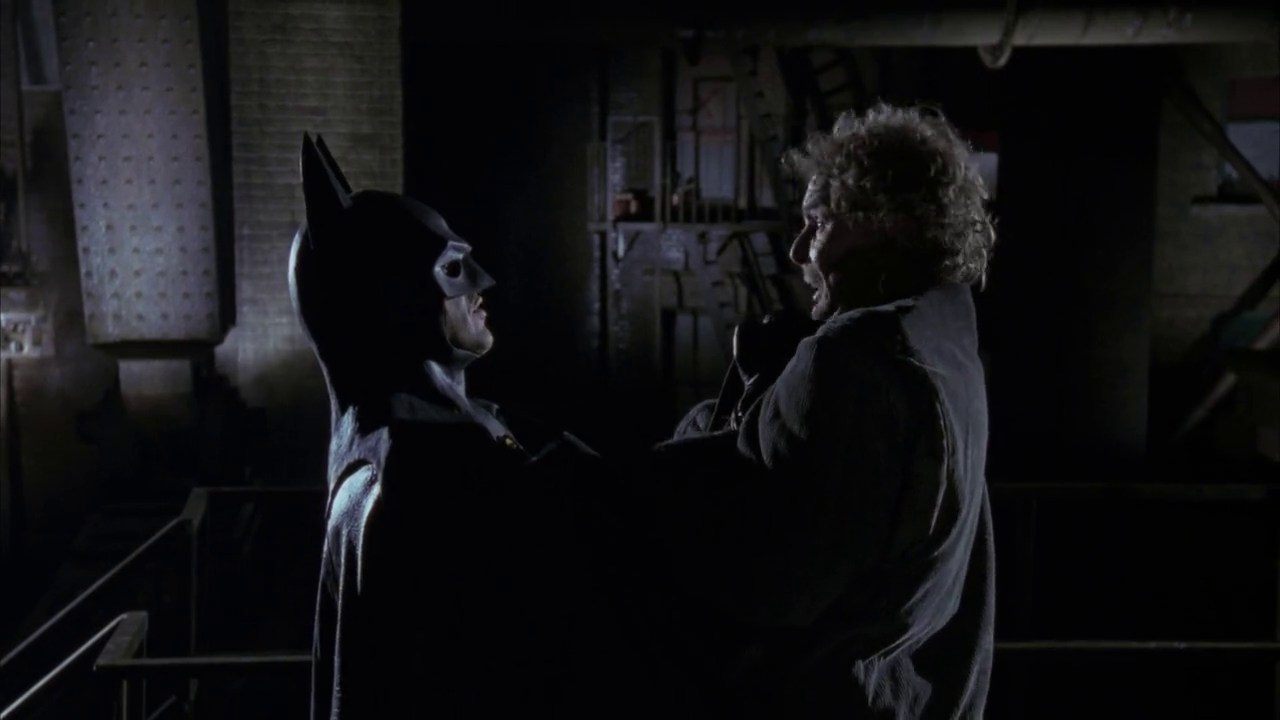
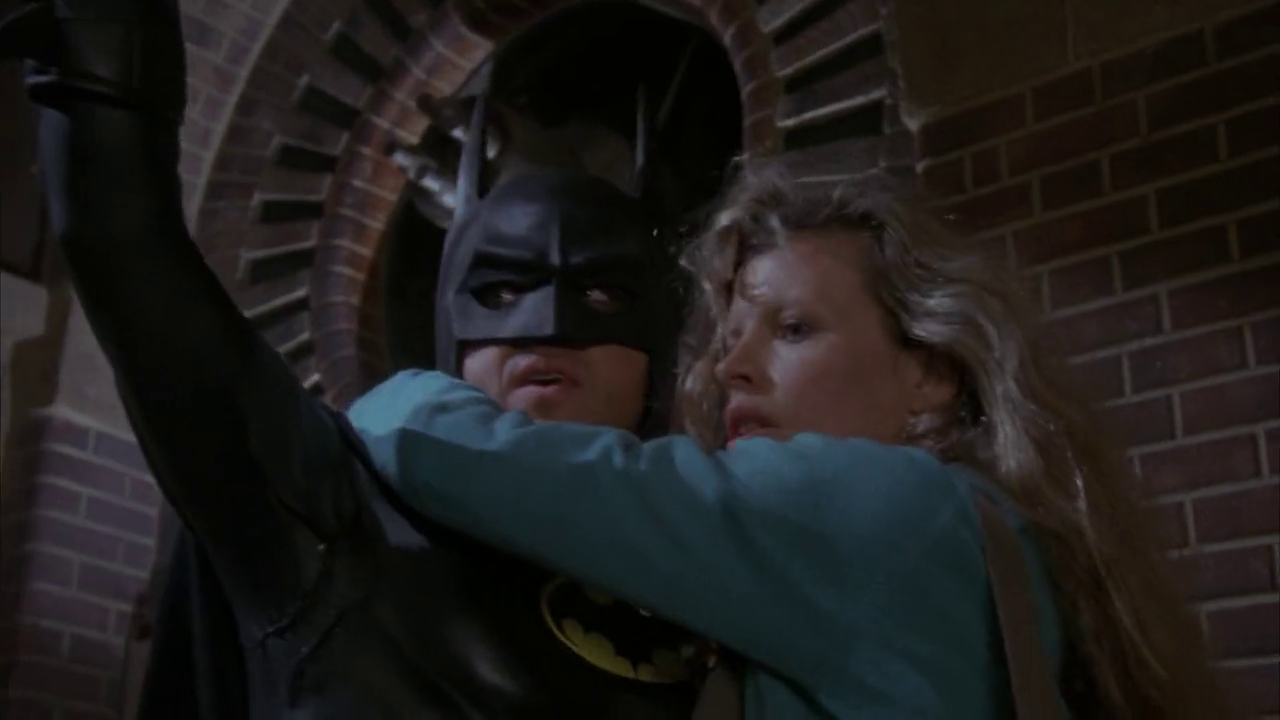
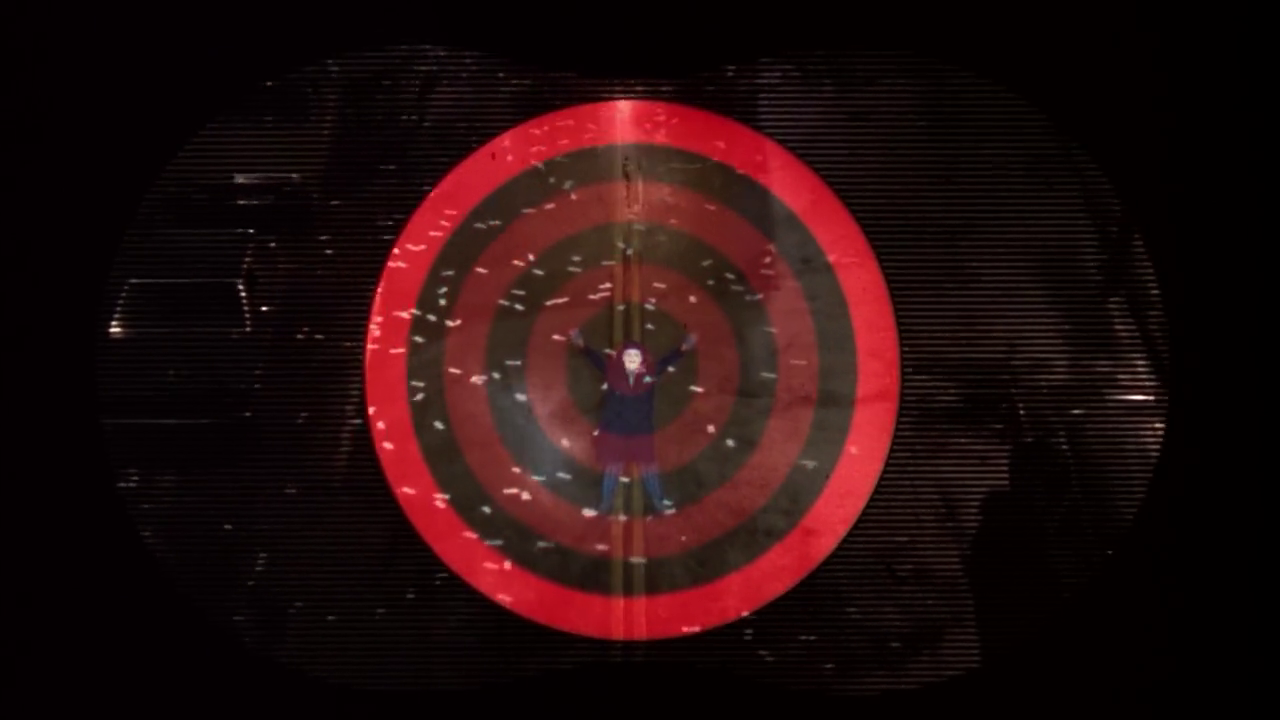
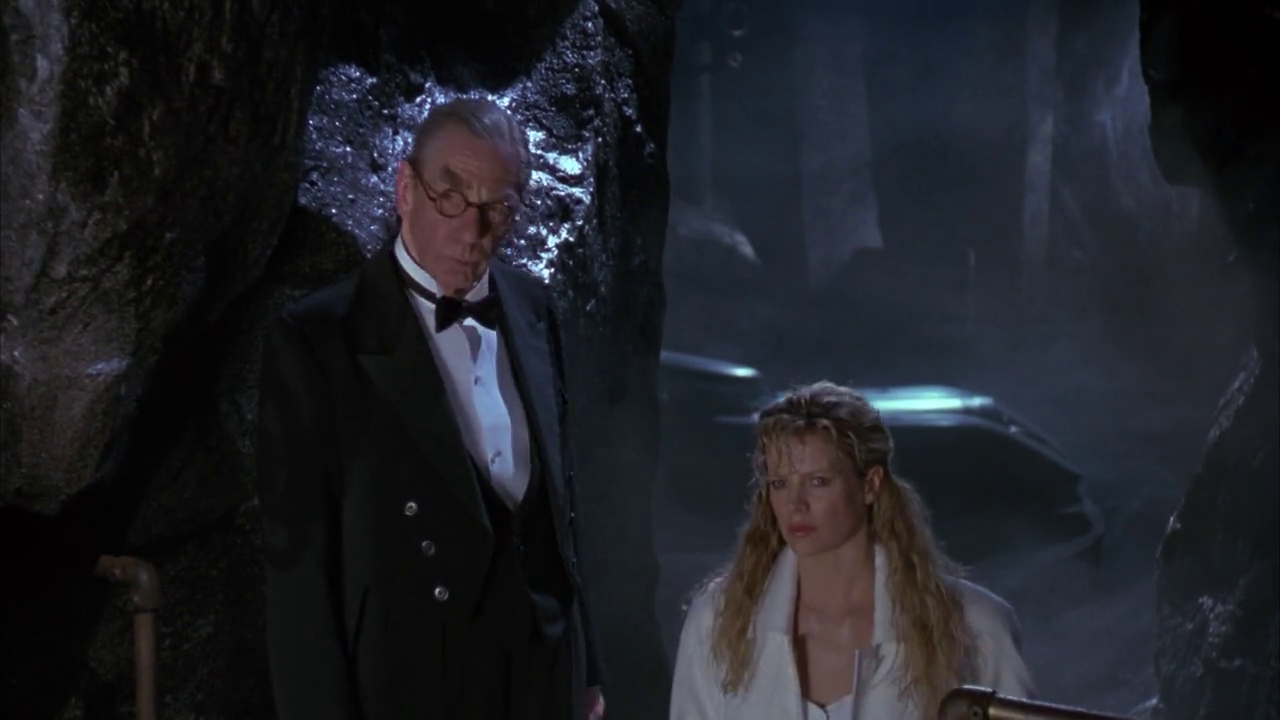
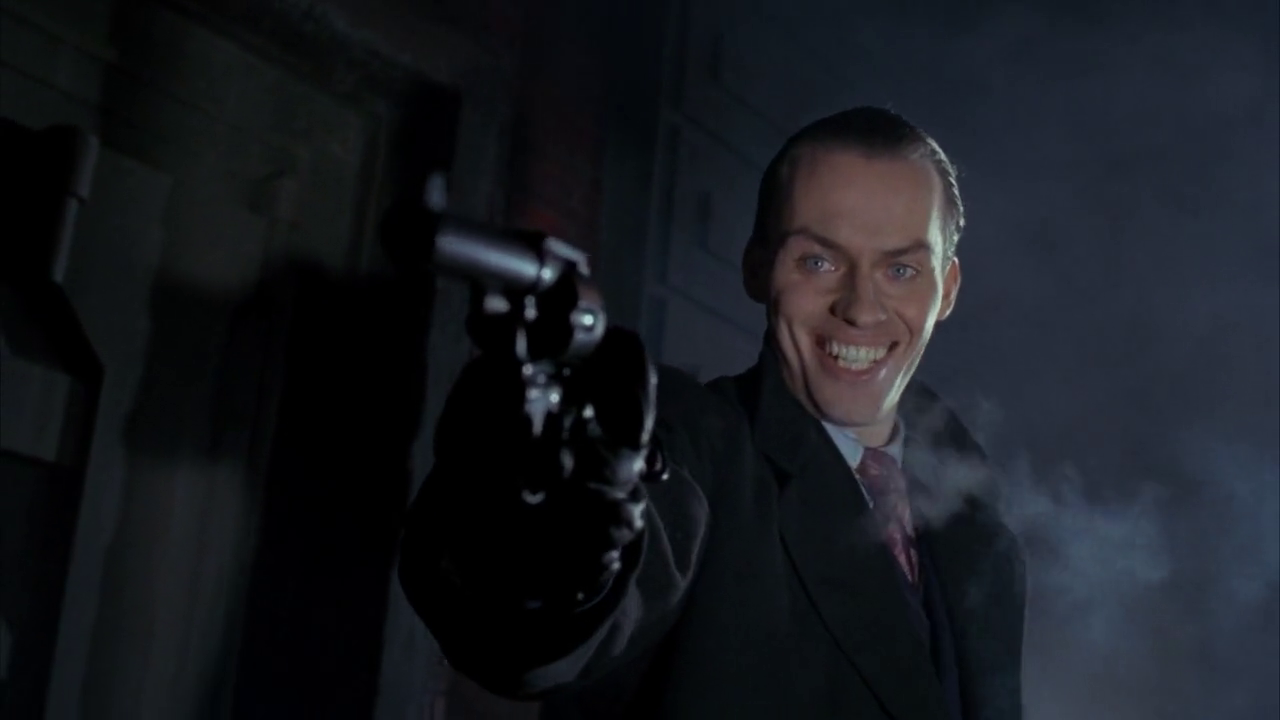

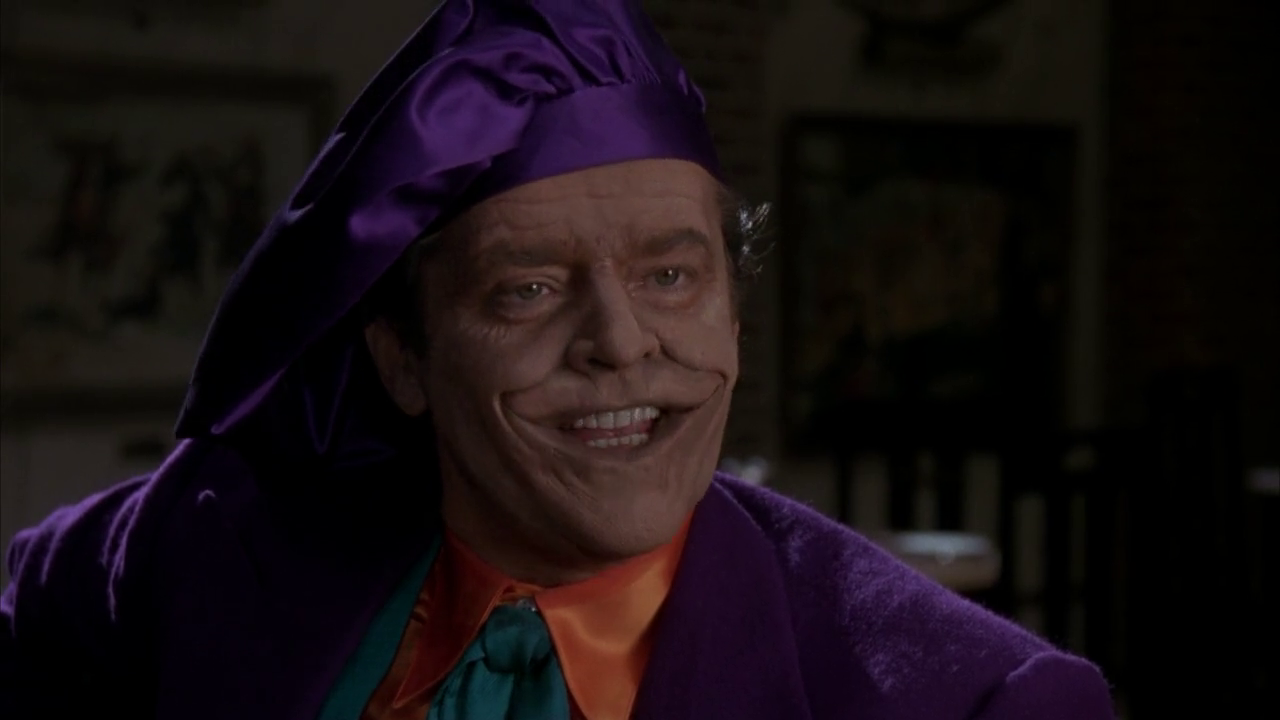
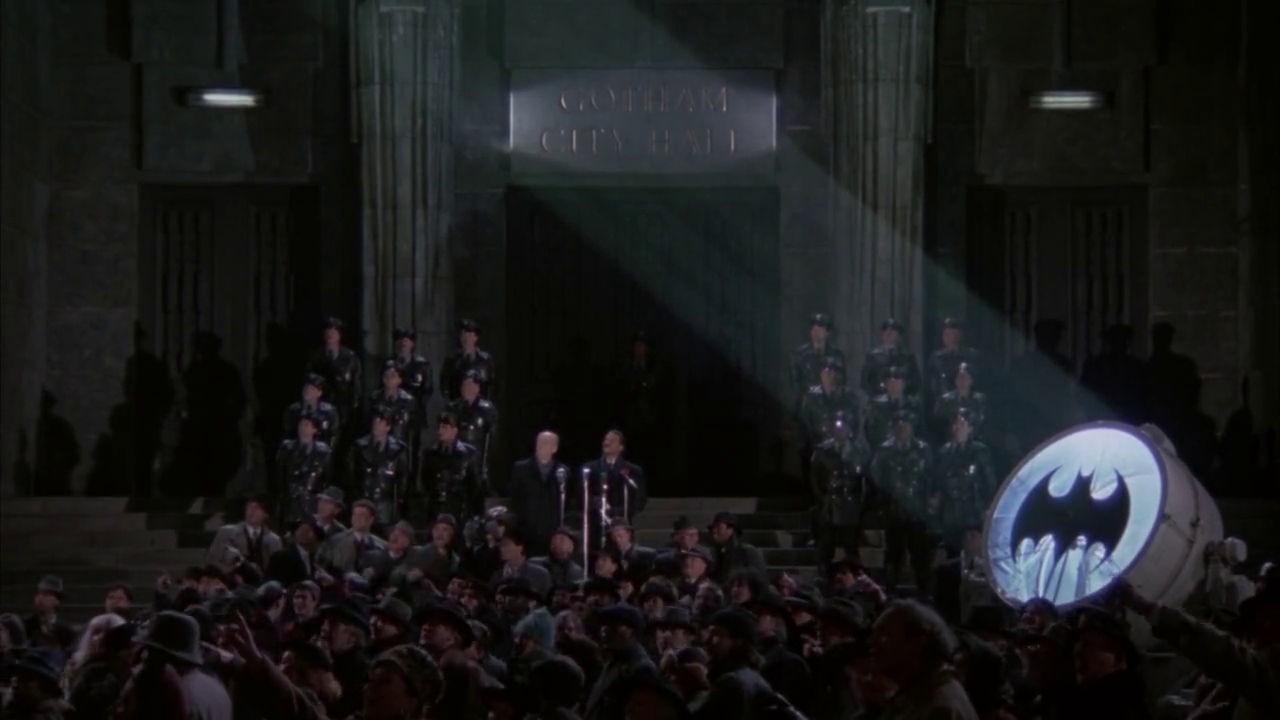
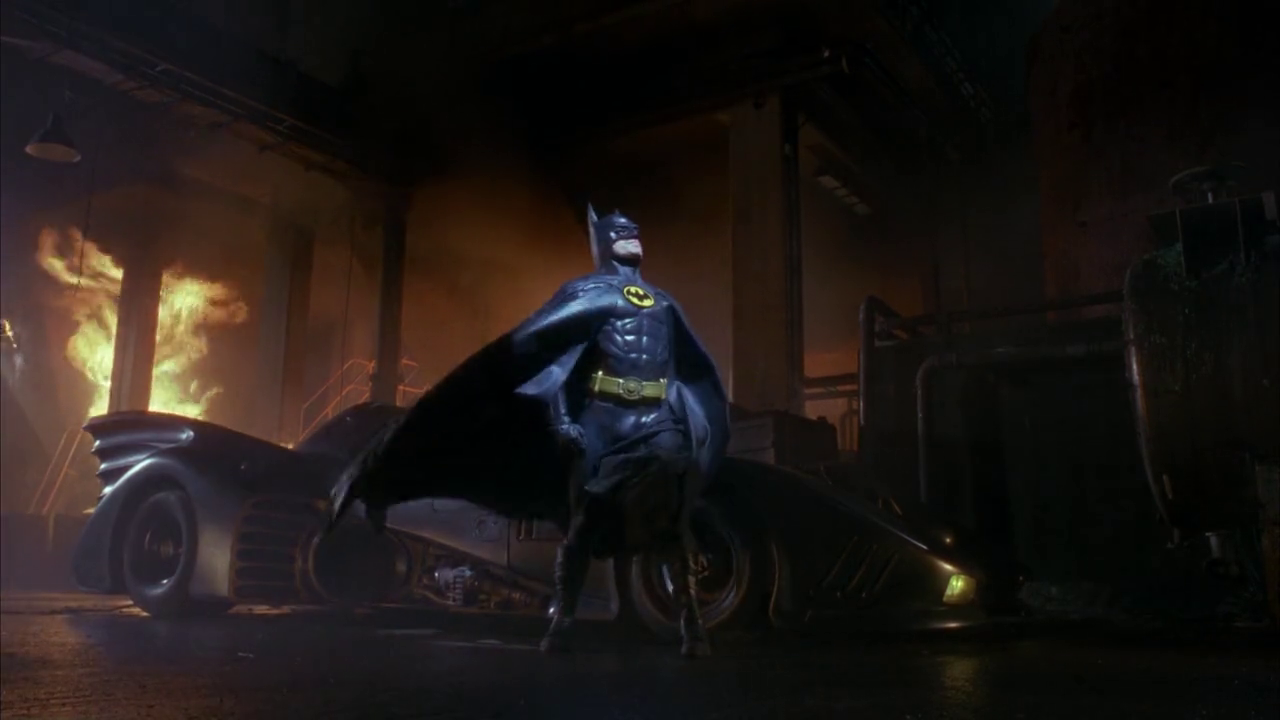

No comments:
Post a Comment